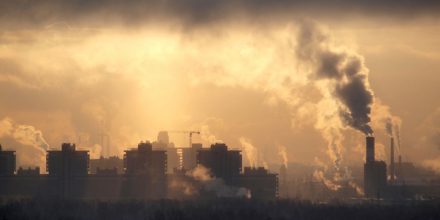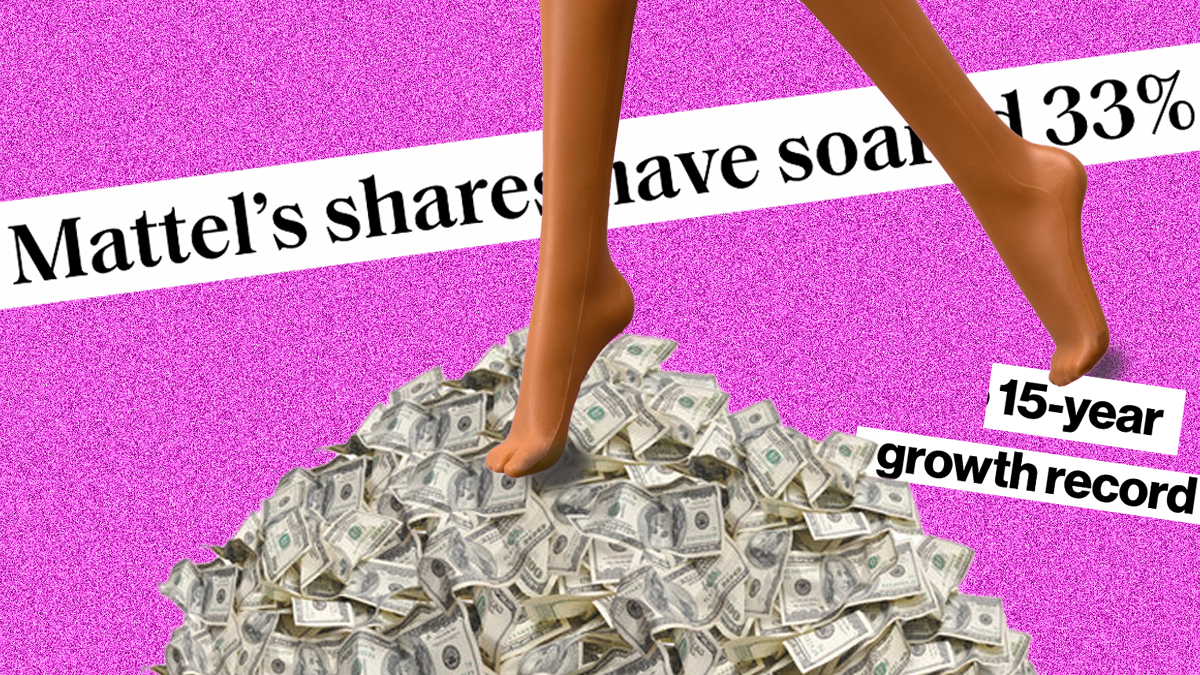Abortion rights, women of color, and LGBTQIA+ people are under attack. Pledge to join us in fighting for gender justice.
Where Should We Put the Pollutants? Oh, Right Next to People of Color Will Do.


By rolling back environmental protections, President Trump and his Environmental Protection Agency are rolling back protections for people of color, including Black, Latinx, Asian and indigenous people across the country.
The EPA currently has a dedicated environmental justice program. Environmental justice has a specific focus on the disproportionate environmental hardships burdening low-income, minority, and indigenous communities. So of course Trump wants to do away with this important program.
We shouldn’t be surprised that Trump doesn’t care about addressing inequity of environmental protection in communities of color, or that his actions will perpetuate such inequality. Across the board, his administration has pushed racist policies that target or disproportionately harm people of color.
So too with his environmental policies. According to a Harvard study, Trump’s environmental policies could lead to an extra 80,000 deaths per decade. Repealing the Clean Power Plan, an Obama-era policy that pushed states to switch to renewable energy and abandon coal, and pulling out of the Paris Agreement are just two examples of the Trump administration’s attacks on the environment. Due to environmental racism, these attacks and consequent deaths will likely heavily affect people of color.
According to an EPA report released in February, people of color have a 35 percent higher chance of living near emission polluting facilities than white people—a statistic even worse for Black residents. This exposure to toxic air can pose serious detriments to one’s health, including premature births for pregnant women.
This is an issue of reproductive justice. Anyone who is pregnant or wants to become pregnant— including people of color— deserves to be able to become a parent without pollution threatening their pregnancy.
Recent trends in California serve as a stark reminder of the overlap between environmental racism and reproductive rights. A study published in the American Journal of Epidemiology found that between 2001 and 2011, the rate of premature births dropped from 7 to 5.1 percent after eight coal- and oil-fired power plants in California were closed. The most significant decreases were found among African American and Asian mothers living in the vicinity of the plants. In other words, closing power plants leads to healthier babies, a fact particularly felt in families of color.
Closing down the eight power plants in California is one small step in a solution that respects women’s and minorities’ health and protects the environment. However, this solution apparently is not so clear to Trump or his administration.
Although the burden these particular power plants were placing on women of color has been alleviated, environmental racism is far from solved. For example:
- The Flint water crisis has poisoned up to 8,000 children in addition to other residents, most of them Black.
- A trash incinerator in Southwest Baltimore is situated near predominantly African-American neighborhoods, lowering life expectancies for children raised there and heightening their chances of developing lung cancer.
And these are just the tip of the iceberg.
Because of pollution’s disproportionate impact on people of color, President Trump’s numerous attacks on the environment show whose lives he is willing to put at risk. His changes in the Environmental Protection Agency’s policy will prove to harm people of color the most, especially women of color who are pregnant or plan to become pregnant.
Environmental justice and reproductive justice are forms of racial justice, and all of them overlap. If Trump, Scott Pruitt and the EPA do not consider the impact of pollution, they will be held responsible for the health risks that pollutants impose on communities of color.





